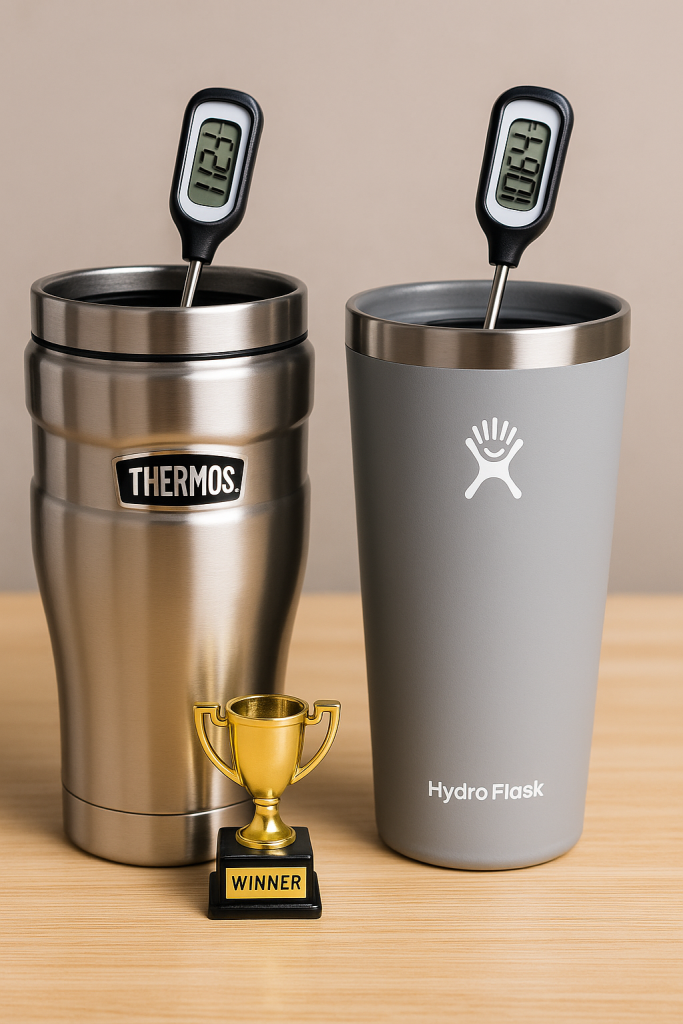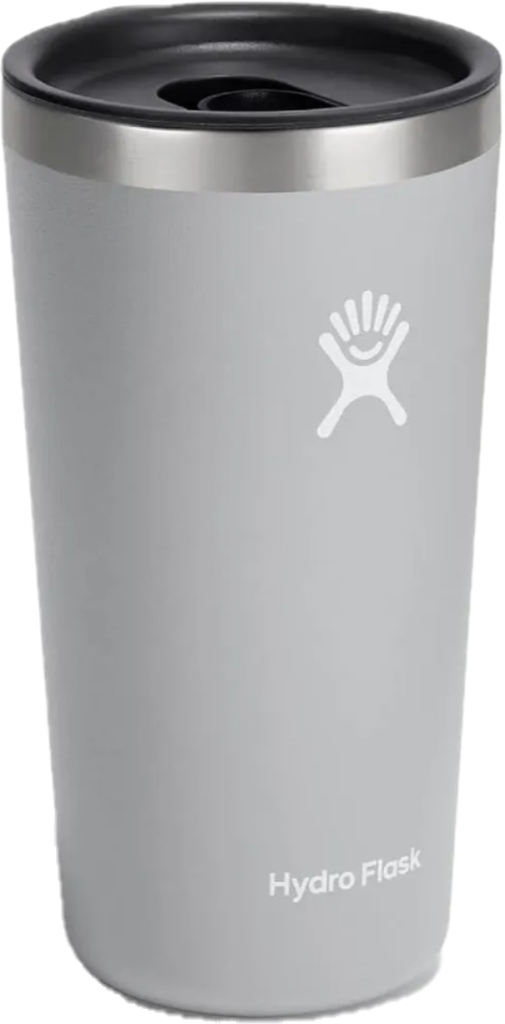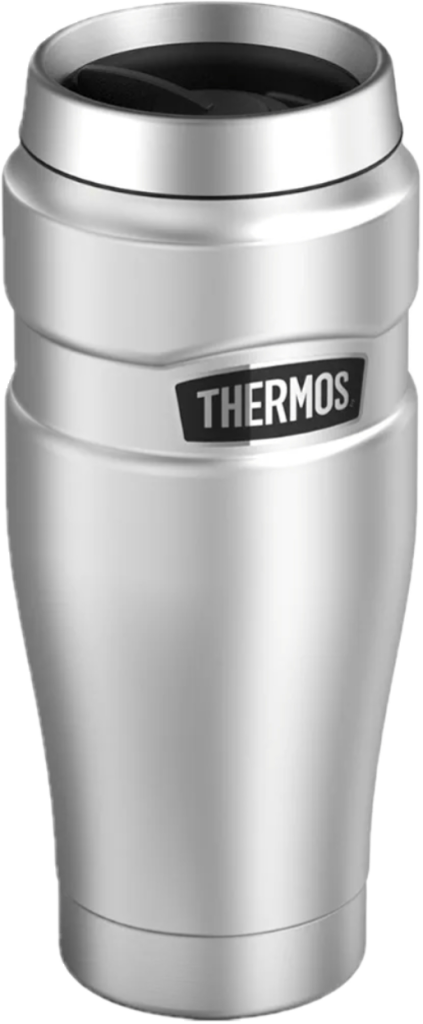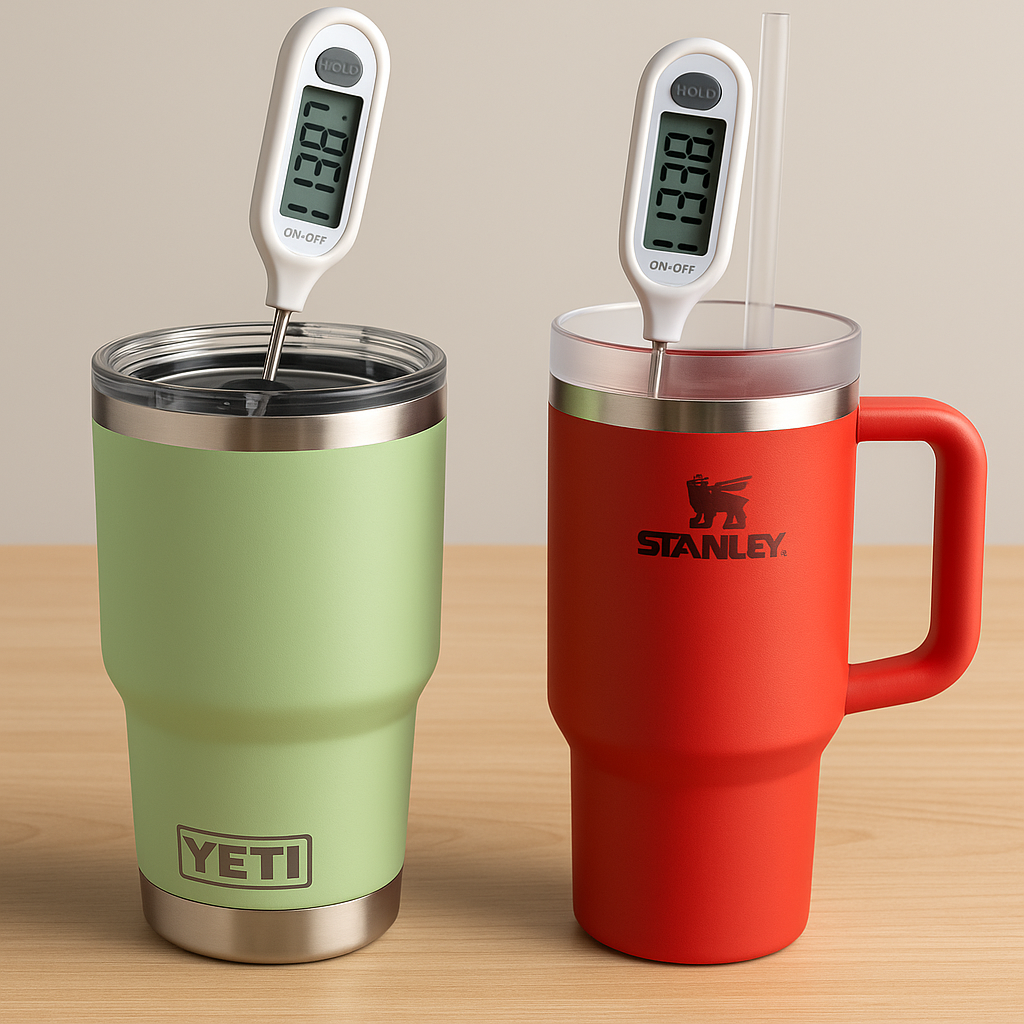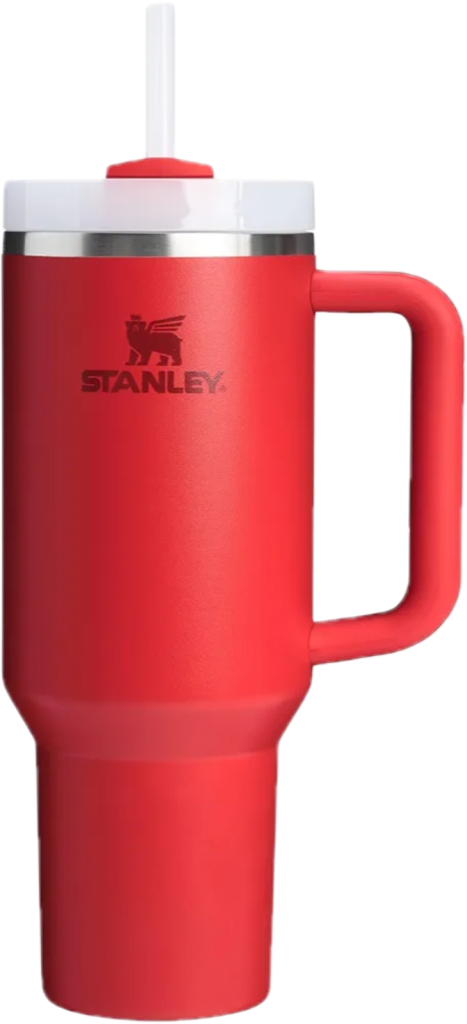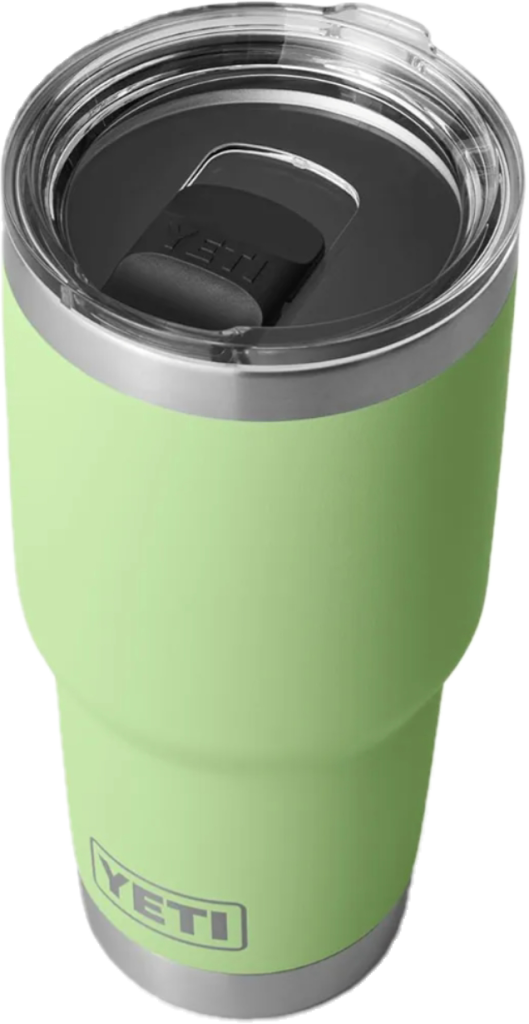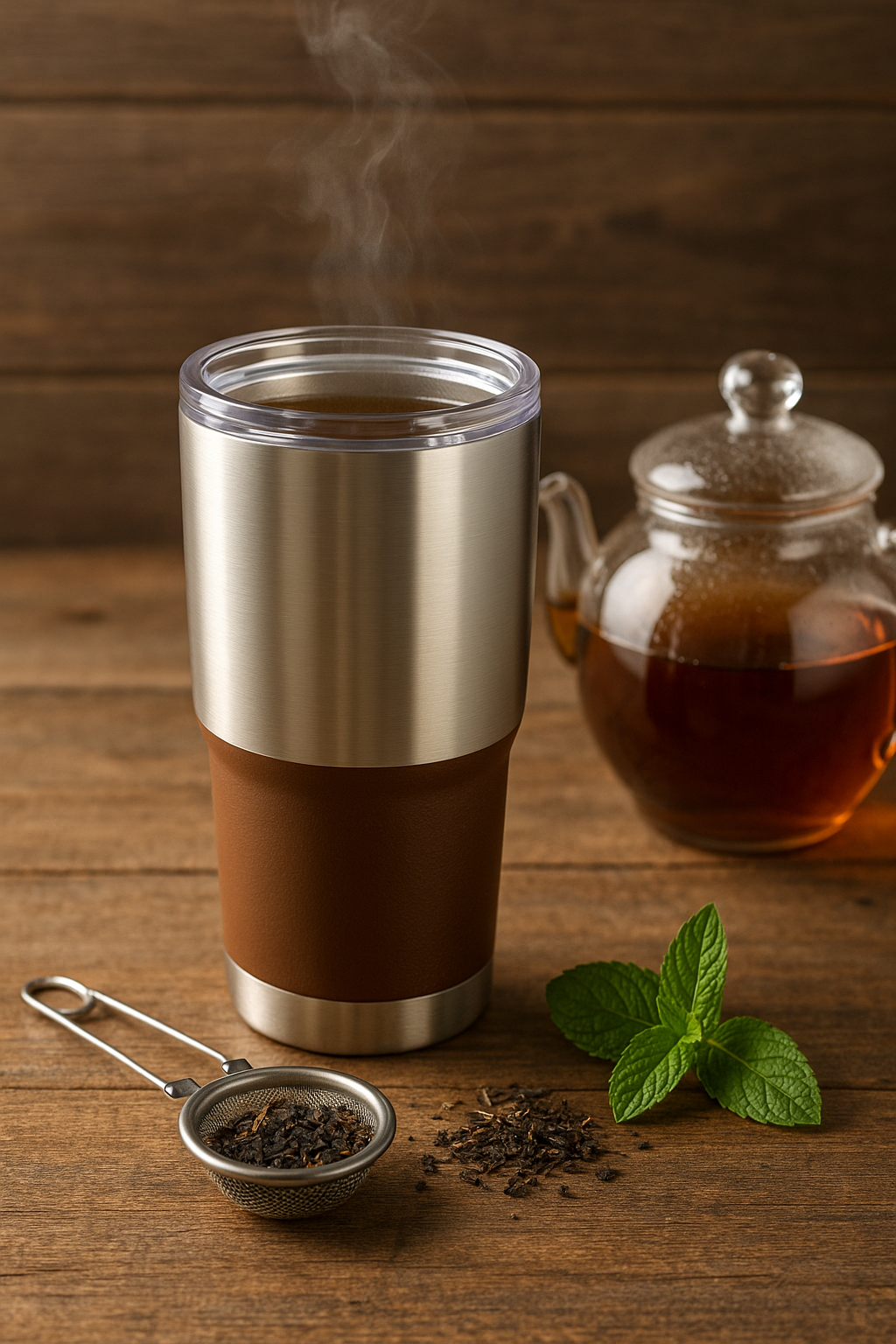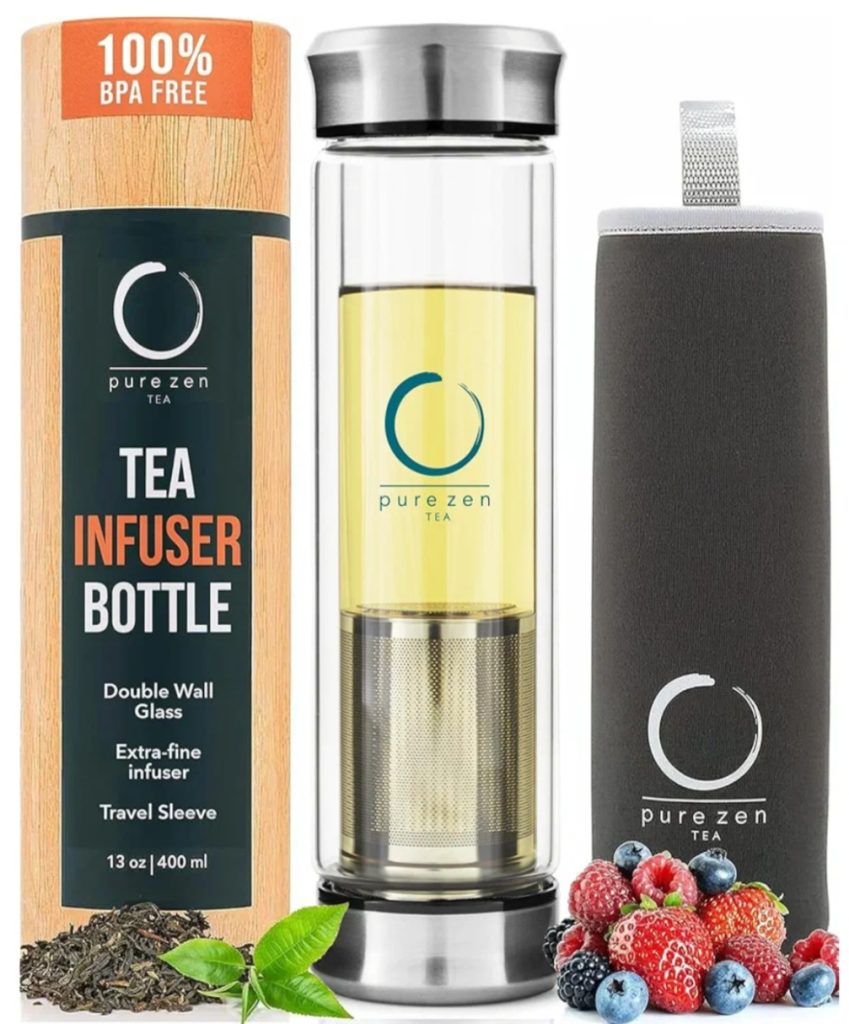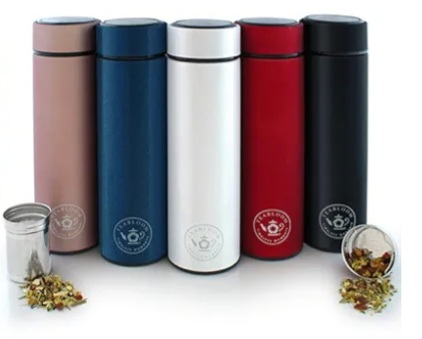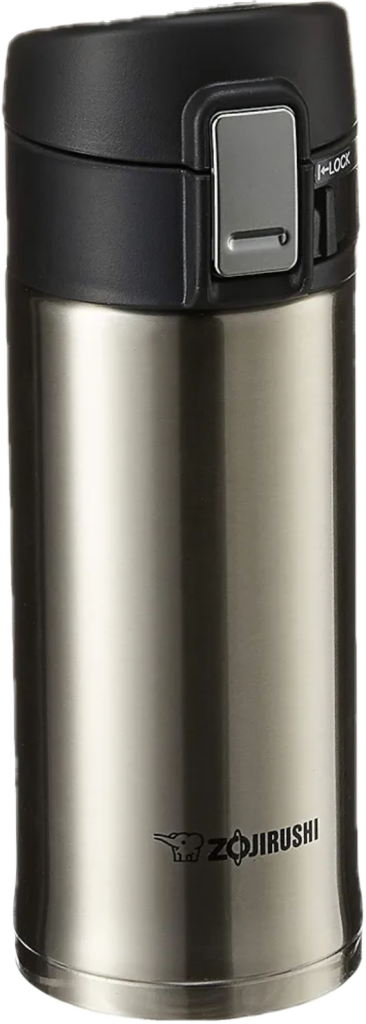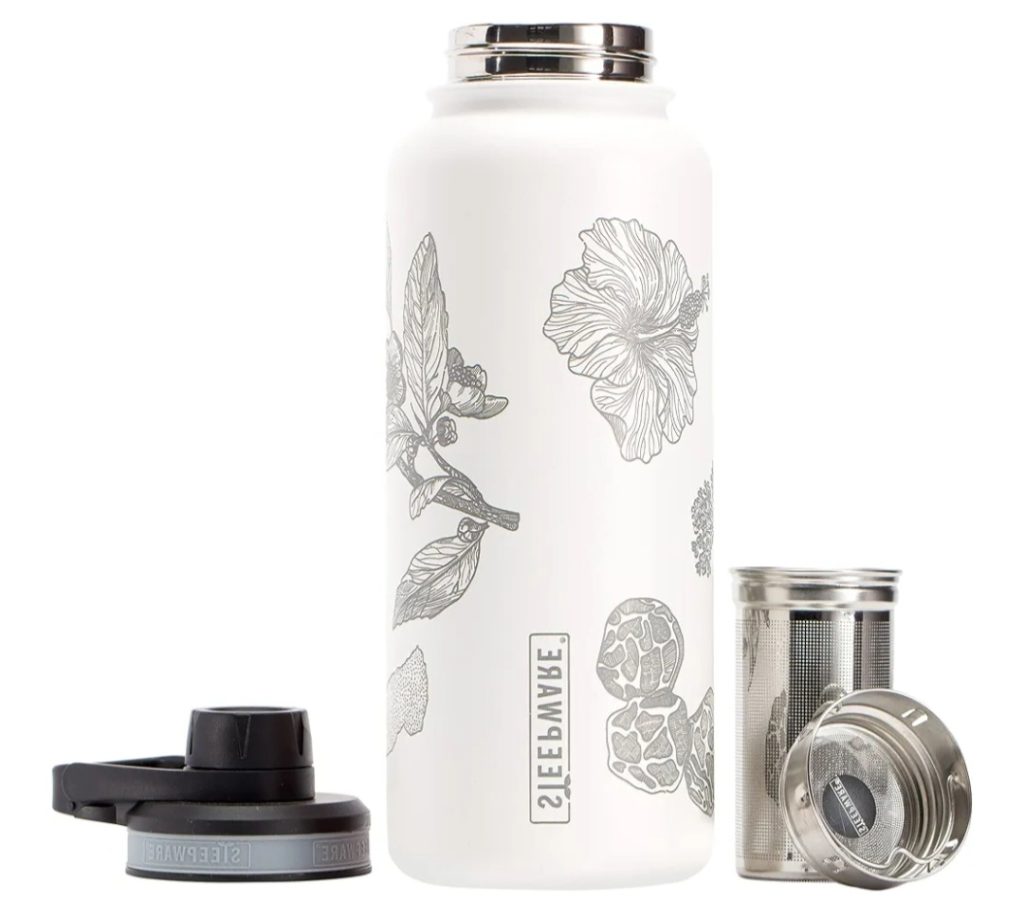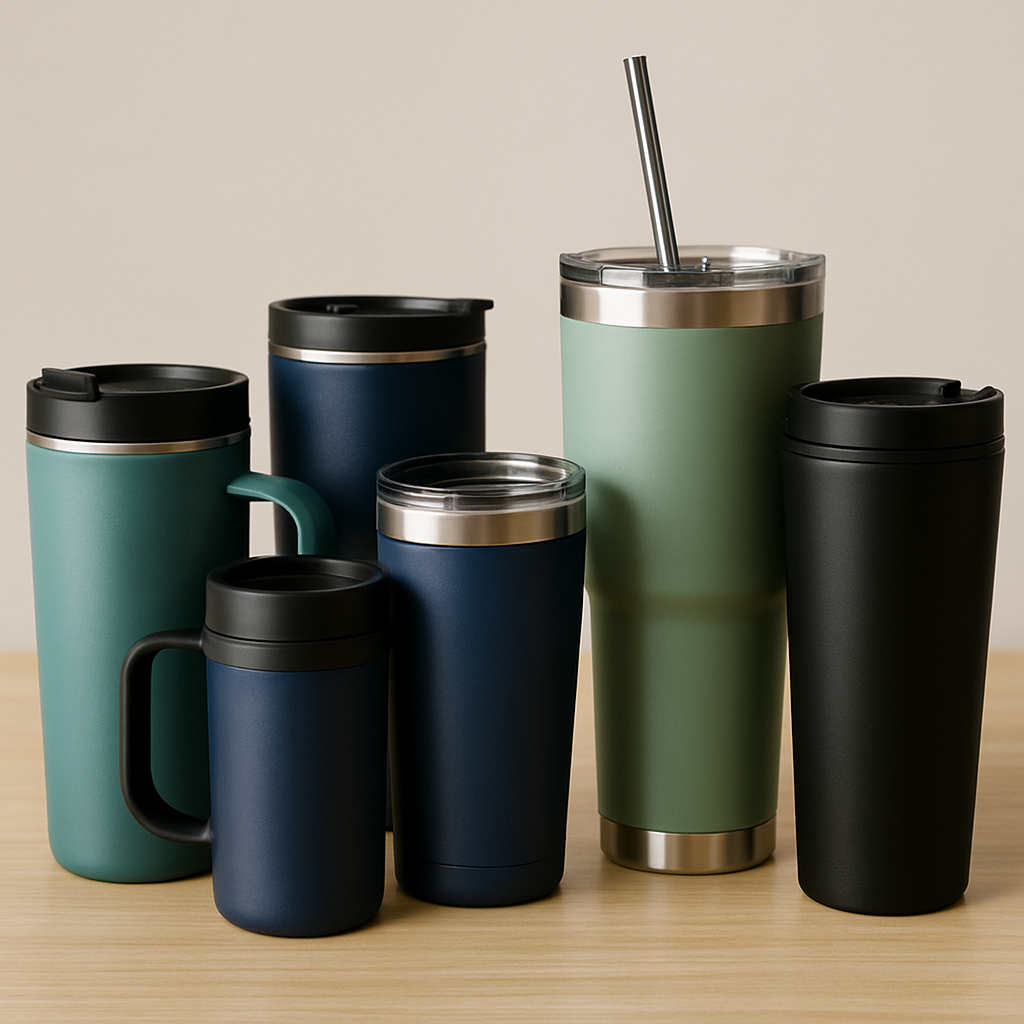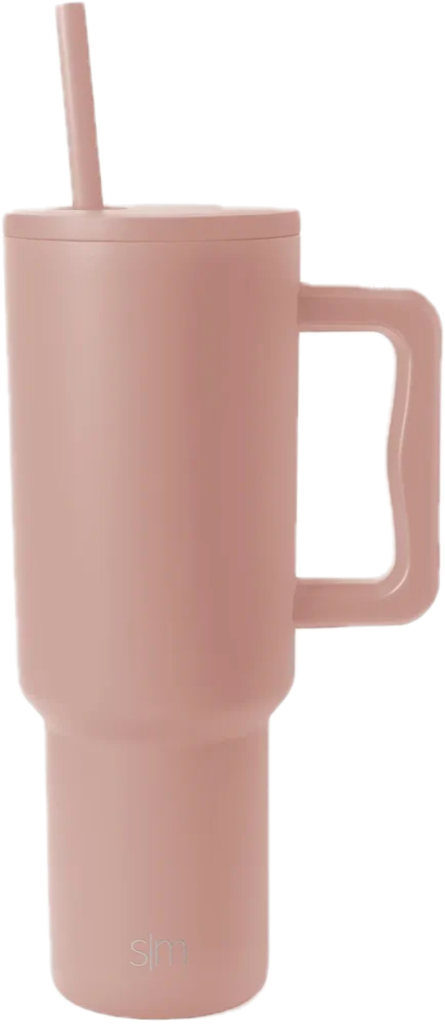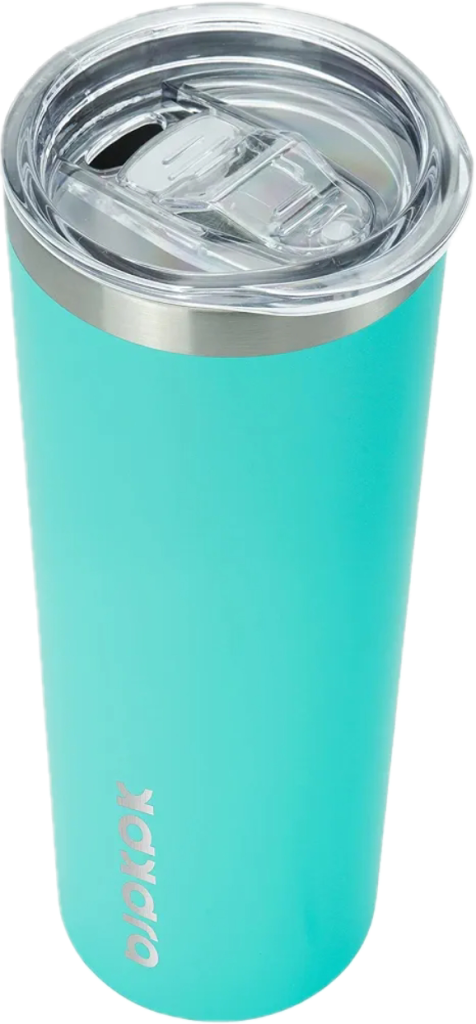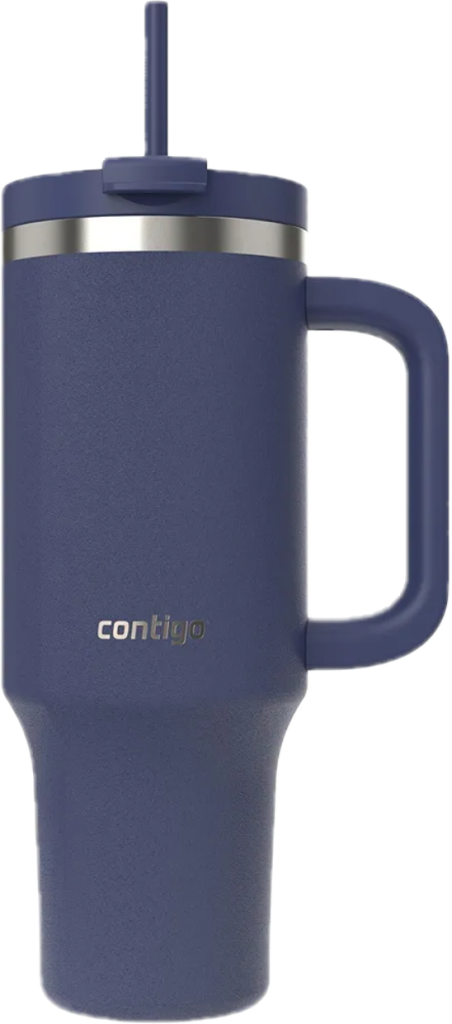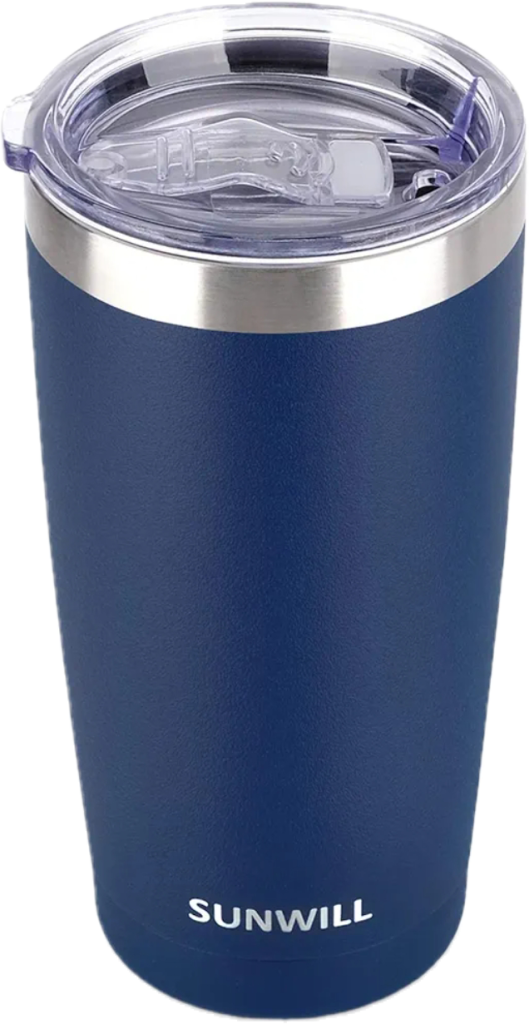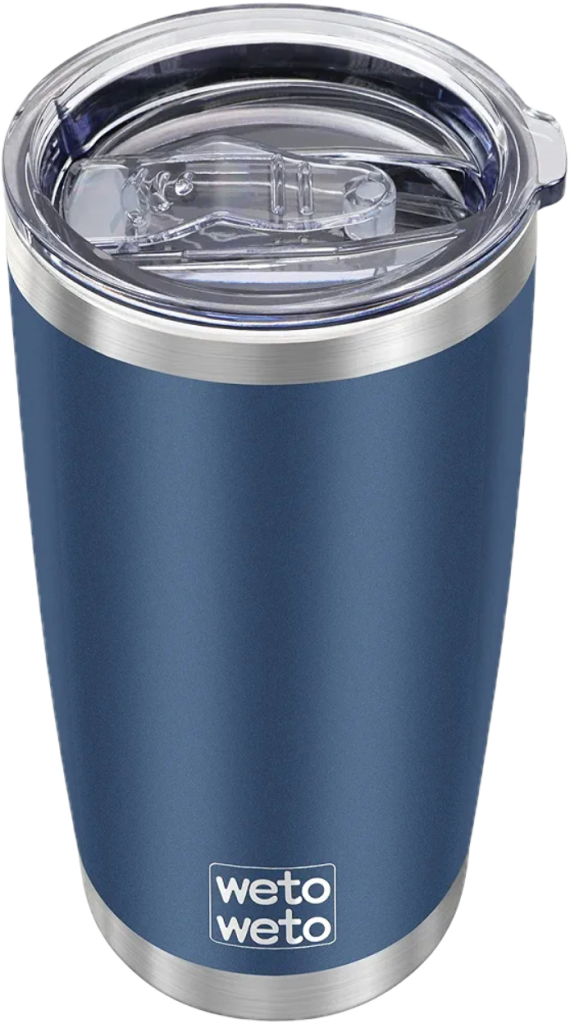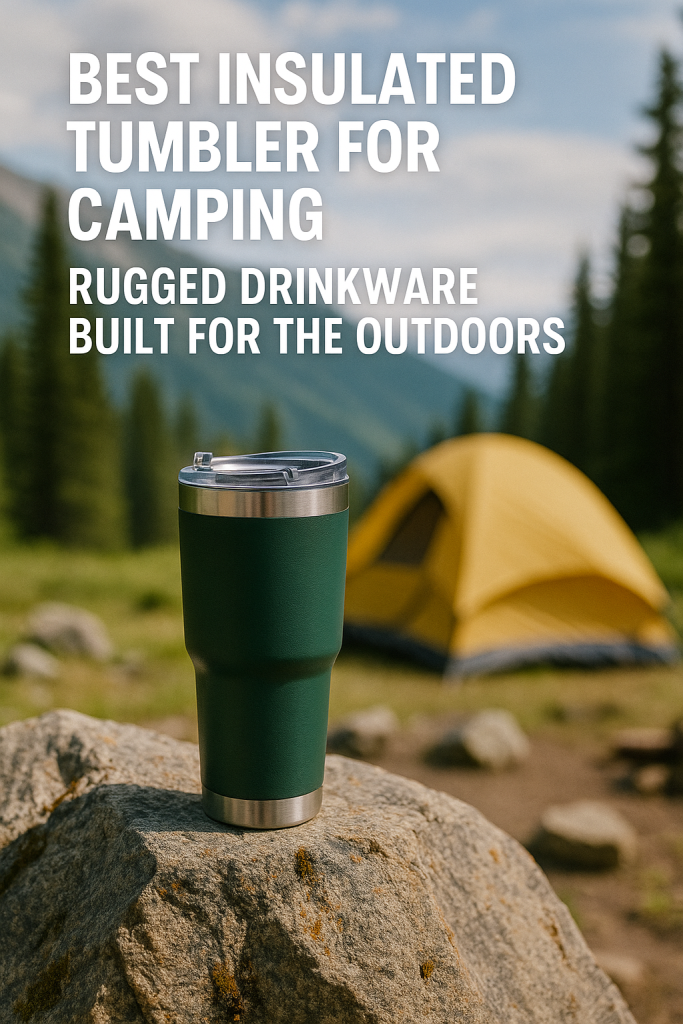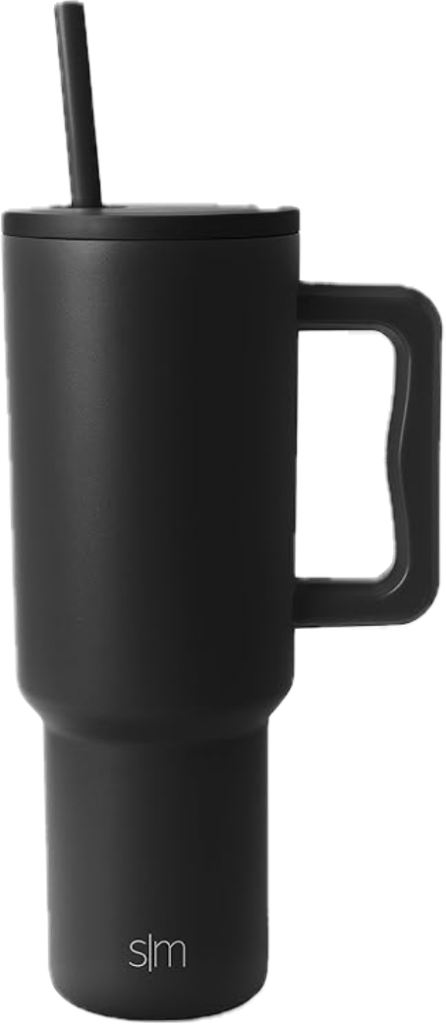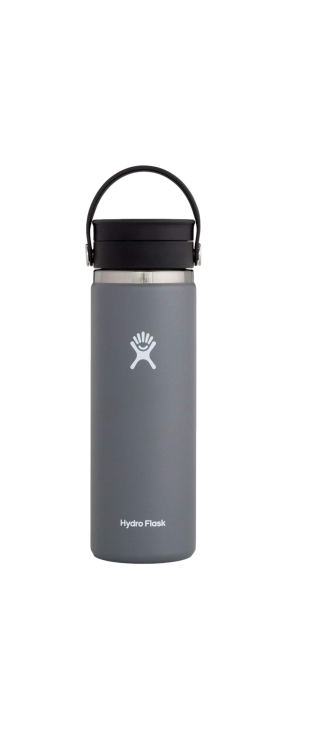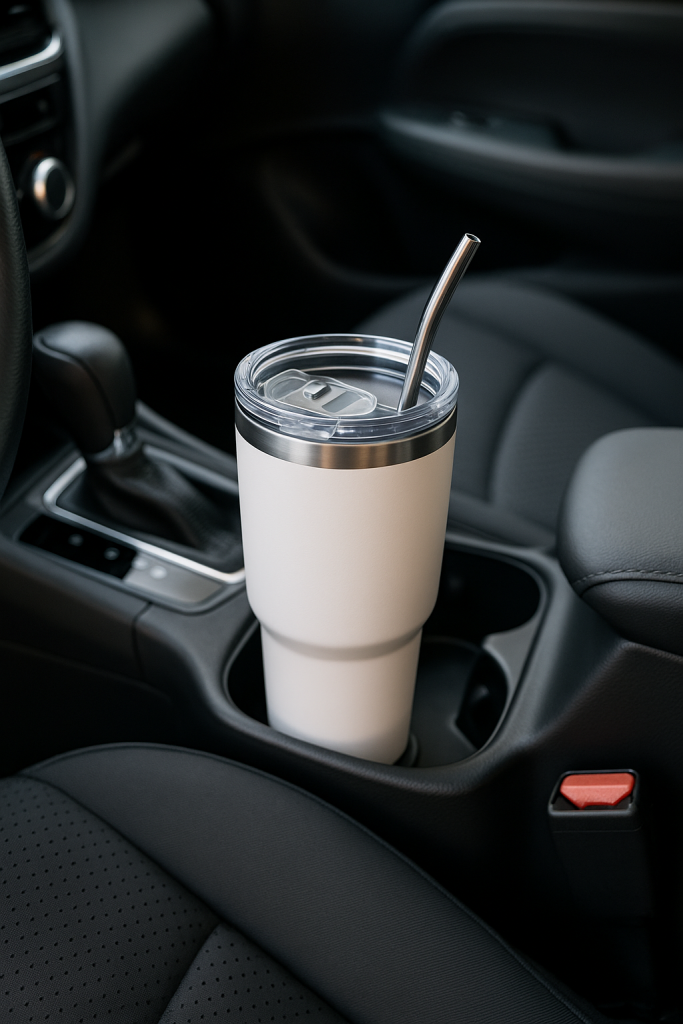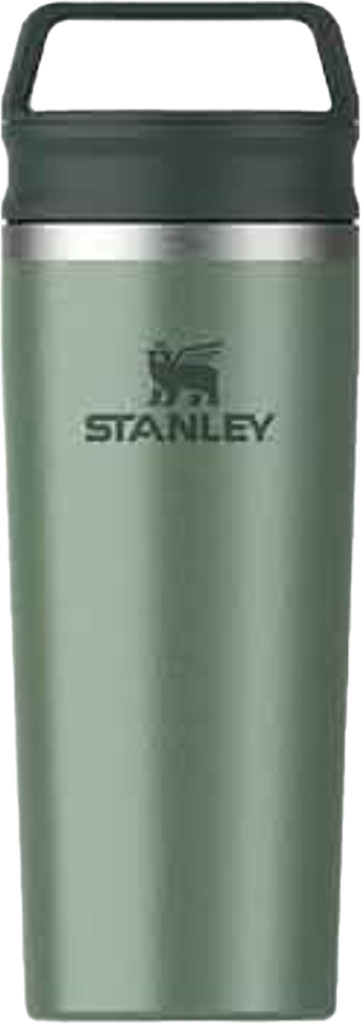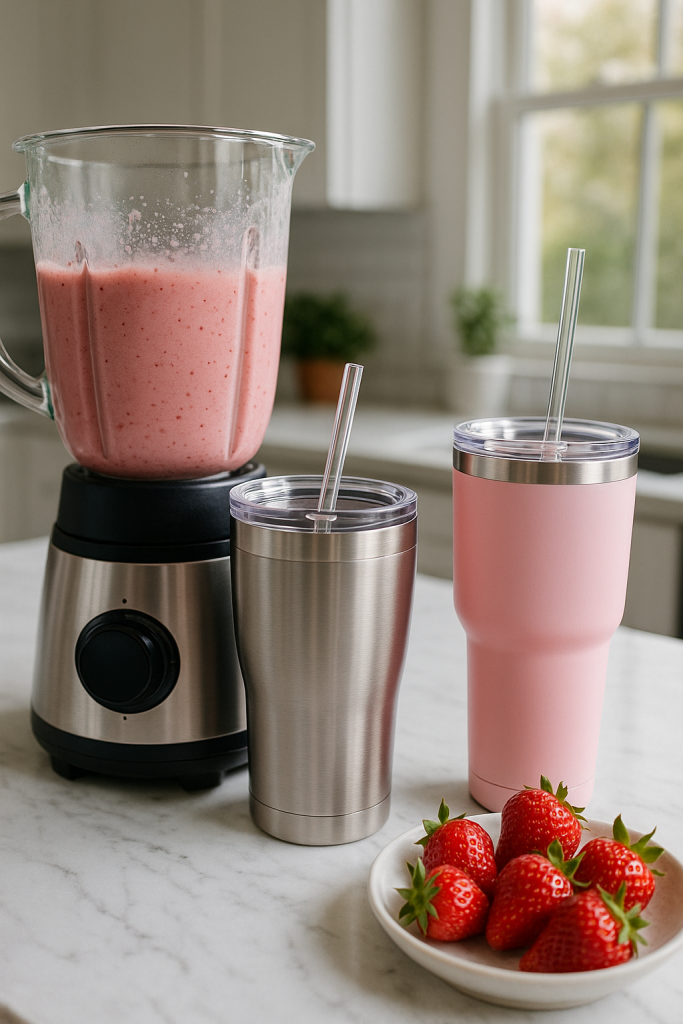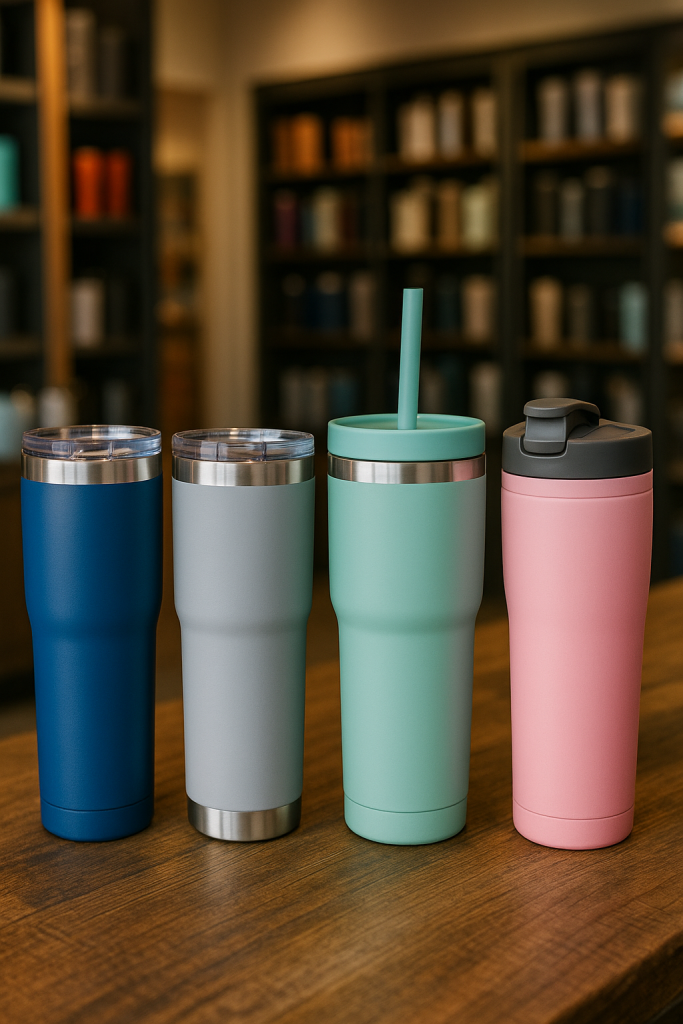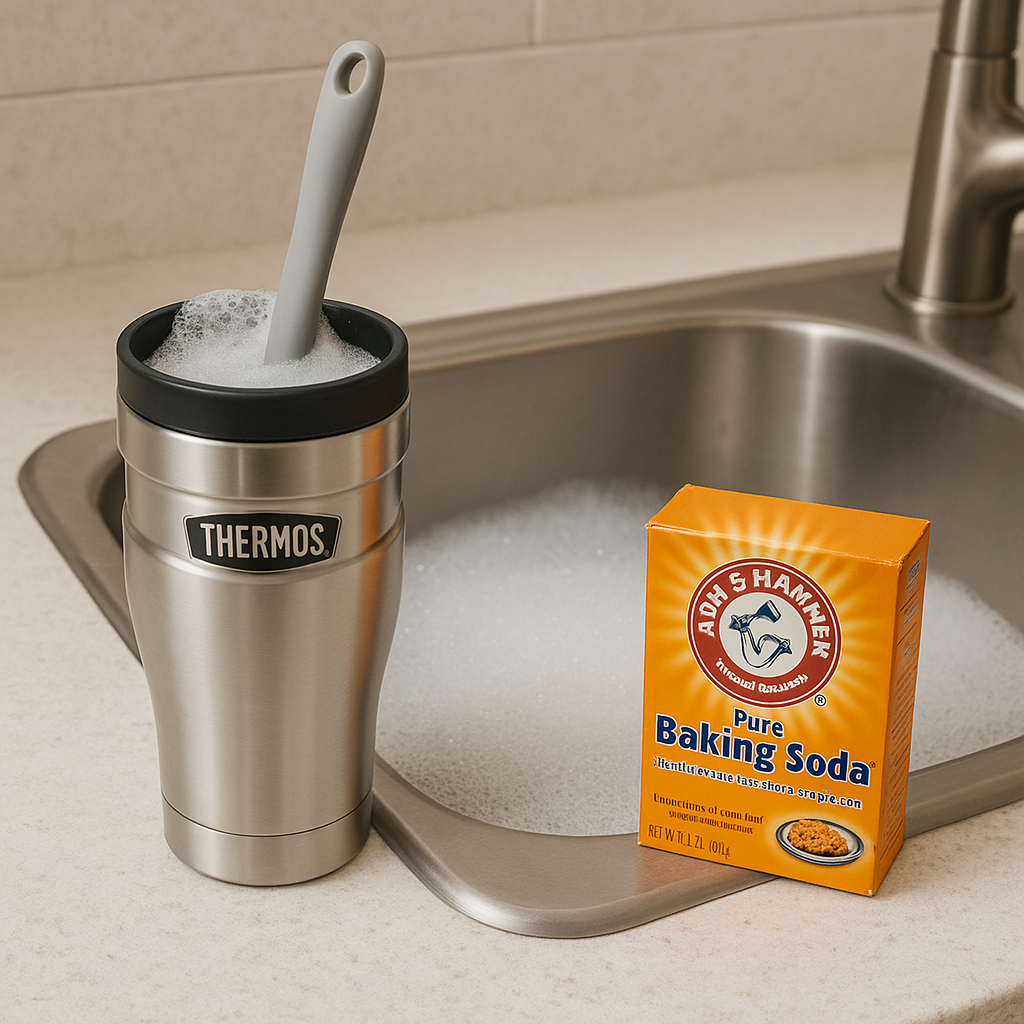
Proper cleaning and care can extend the life of your tumbler and preserve the flavor of your drinks. This section dives into the most common questions and concerns around maintaining your insulated drinkware, whether you use it daily for coffee, smoothies, tea, or cold water. Tumblers are an investment—and with the right care, they’ll serve you well for years.
Disclosure: This article contains affiliate links. If you purchase through them, we may earn a small commission at no additional cost to you. This helps support our work and allows us to continue providing helpful product recommendations.
How to Clean and Maintain Your Tumbler
Daily cleaning is essential to prevent residue buildup, unpleasant odors, and bacterial growth. After each use, rinse your tumbler with warm water to remove any leftover liquids. For a thorough clean:
- Fill the tumbler with warm water and a few drops of mild dish soap.
- Use a long-handled bottle brush or sponge to scrub the interior. Focus on the bottom and sides where residue often clings.
- Remove the lid and disassemble any parts, such as the gasket, straw, or slider mechanism.
- Clean the lid thoroughly with a soft brush or cloth, paying attention to rubber seals, threading, and any nooks that may harbor bacteria.
- Rinse all components thoroughly to remove soap residue.
- Air dry upside-down on a drying rack to prevent moisture buildup.
For weekly maintenance, soak all parts (including the lid and gaskets) in a solution of 1 part white vinegar to 3 parts warm water for 30 minutes. Rinse thoroughly and dry completely.
Pro Tip: Avoid letting drinks—especially milk-based or sugary beverages—sit in your tumbler overnight, as they can lead to staining and sour smells.
Are Tumblers Dishwasher Safe?
It depends on the brand and specific tumbler model. While many stainless steel tumblers advertise dishwasher safety, hand washing is usually recommended to preserve longevity and appearance. Here’s why:
- Powder-coated or painted finishes can chip, fade, or peel in high-heat dishwashers.
- Rubber gaskets and seals may degrade over time when exposed to high temperatures and detergent chemicals.
- Lid mechanisms with moving sliders or seals can trap food particles and require manual cleaning to fully dislodge debris.
Always refer to the manufacturer’s cleaning instructions. If your tumbler is labeled “top-rack dishwasher safe,” use a gentle cycle with cool or warm water, and avoid using heated dry settings.
Hand washing with mild soap and a soft brush remains the safest way to maintain your tumbler’s appearance and performance over time.
Why Your Tumbler Smells—and How to Fix It
Does your tumbler have a lingering odor even after cleaning? Common culprits include:
- Moisture trapped in the lid or gasket
- Residue from milk, protein shakes, or coffee oils
- Bacteria or mold buildup in hard-to-reach spots
To eliminate smells effectively:
- Mix 1 tablespoon of baking soda with warm water and fill the tumbler.
- Let it sit for at least 30 minutes, or overnight for tough odors.
- Scrub with a bottle brush, focusing on interior corners and lid grooves.
- Rinse thoroughly and dry upside-down with the lid removed.
You can also add a splash of white vinegar for added odor-fighting power. Do this weekly if you use your tumbler daily.
Avoid sealing the lid when the tumbler is wet. Always allow full drying before storing with the lid on.
Removing Coffee & Tea Stains from Stainless Tumblers
Even high-quality stainless steel tumblers can develop unsightly stains over time from daily use, particularly with dark beverages like coffee and tea. To restore your tumbler’s shine:
- Mix 2 tablespoons of baking soda with a splash of water to form a paste.
- Apply the paste to stained areas using a soft sponge or non-abrasive brush.
- Let sit for 10–15 minutes.
- Scrub gently, rinse thoroughly, and dry.
For deep-set stains:
- Fill the tumbler with warm water and a few tablespoons of white vinegar.
- Let it sit for several hours or overnight.
- Add a bit of baking soda before scrubbing for extra lifting power.
Avoid harsh abrasives like steel wool, which can scratch and dull the stainless steel, reducing insulation efficiency over time.
Do Tumblers Harbor Bacteria? What to Know
Yes—if not cleaned properly, insulated tumblers can become breeding grounds for bacteria, mold, and yeast, particularly in the lid. Warm, dark, and moist environments are ideal for bacterial growth, and many lids have tight crevices that trap moisture.
To stay safe:
- Always disassemble the lid completely during cleaning.
- Sanitize components regularly using vinegar, baking soda, or a mild bleach solution (1 teaspoon bleach per quart of water).
- Let all parts dry completely before reassembling.
Some brands now offer antimicrobial lids or dishwasher-safe designs for better hygiene. Still, frequent hand cleaning is the most effective way to maintain a safe drinking experience.
Pro Tip: Avoid using your tumbler for milk-based drinks or smoothies unless you’re able to clean it thoroughly right after use.
Do Tumblers Really Keep Ice All Day? (Tested)
Yes—high-quality insulated tumblers can maintain ice for up to 24–48 hours, depending on the brand, build, and environmental conditions. We tested a few popular models to verify manufacturer claims:
Real-World Results:
- Stanley Quencher 40 oz: Retained 90% of ice after 24 hours in room temperature conditions.
- Hydro Flask 24 oz: Retained 75% of ice after 24 hours.
- Yeti Rambler 30 oz: Retained 80% of ice after 24 hours.
Factors that affect performance:
- Size and wall thickness: Larger tumblers tend to insulate better.
- Lid seal: A tight-fitting lid keeps cold air trapped longer.
- Starting temperature: Pre-chilling your tumbler and using larger ice cubes will help maximize retention.
While most tumblers won’t keep drinks cold indefinitely, top-tier brands consistently deliver all-day ice retention under real-life usage.
Proper care, consistent cleaning, and smart use of your tumbler not only ensure peak performance but also enhance flavor and hygiene. With a little routine maintenance, your insulated tumbler will continue to deliver piping hot coffee and frosty cold water wherever life takes you.
Head back to the Complete Guide to Insulated Tumblers

